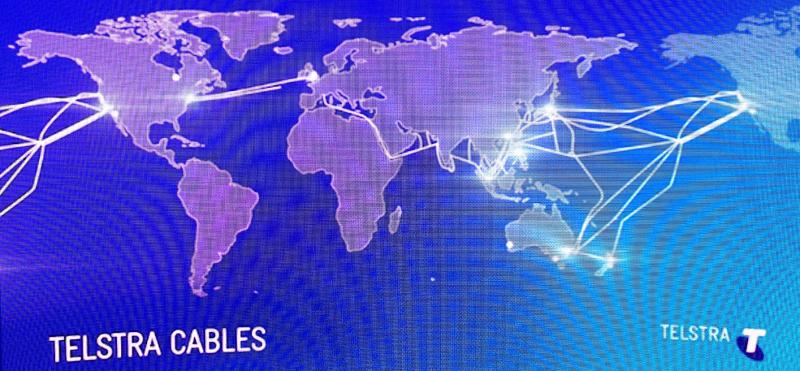Telstra Shows Promise For European CIOs As A Network Solutions Provider In Asia

At a recent event in Sydney, Telstra, Australia’s incumbent network solutions provider, provided new insights into its strategic activities under its new CEO Andrew Penn. Overall, Telstra’s strategy remains in line with that communicated last year; we suggested then that for European CIOs and technology managers, Telstra represents an attractive network solutions provider for their organizations’ activities in Asia. But Telstra has evolved since then. Discussions with Telstra executives have provided us with new information and have led us to several new observations:
- Telstra’s digital strategy is beginning to take shape but remains fragmented. Like many other telcos, Telstra has created a digital division to develop digital retail offerings for SMBs and consumers. In its current shape, this approach carries some risks, as Telstra’s Global Enterprise Services and Software divisions are also pursuing separate digital activities. As a result, duplicate and potentially contradictory digital offerings could emerge. Although Telstra claims that it is coordinating these activities, the current set-up underlines the fact that Telstra doesn’t yet have a digitized strategy; it is instead pursuing several digital strategies. This could cause confusion for customers, inefficiencies for Telstra, and flawed end-to-end customer journey mapping, thus undermining the value that Telstra can deliver to CIOs as a business enabler.
- Telstra must make business-outcome-oriented charging part of its digital offerings. Today, Telstra’s business model remains largely based on selling connectivity. To remain competitive in Asia, Telstra must redouble its efforts to provide quality connectivity at the lowest marginal cost. More challengingly, Telstra must also embrace matching business requirements to network infrastructure improvements. It will be important for Telstra’s sales teams to translate these network infrastructure improvements into business benefits and to start charging for network services on the basis of their business outcomes. Telstra, like other telcos, is not there yet, but it is moving in this direction, especially in healthcare.
- Telstra Health is a good indication of Telstra’s transformation capabilities. Rather than devising a healthcare offering primarily based on selling connected health devices as most other telcos have, Telstra has invested US$170 million to date in building a comprehensive healthcare solution through M&A activities. Telstra has managed to create an impressive standalone business entity that already sells to a wide range of healthcare players in five countries. Significantly, Telstra sells this solution to customers irrespective of which telco they use for network connectivity. This network-agnostic approach makes Telstra more attractive as a partner for CIOs in this vertical.
- Telstra has real potential to become a partner for European CIOs in Asia. Telstra is entering the Asian enterprise connectivity market late in the game: Large players like AT&T, Verizon, Orange, BT, NTT, and Tata Communications are already there. But in recent years, Telstra has assembled strong network infrastructure assets in Southeast and Northeast Asia. This quality broadband connectivity comes at a premium in the emerging Asian markets. For European CIOs and technology managers, Telstra is a network solutions partner for Asia that is easy to do business with, offers transparency, and brings strong vertical expertise in healthcare, media, and mining.
Unfortunately, the Telstra brand is not that well known to European – and North American – CIOs and technology managers. To become more attractive to European CIOs, Telstra needs to ramp up its efforts to make end users in both North America and Europe aware of its capabilities in Asia.
